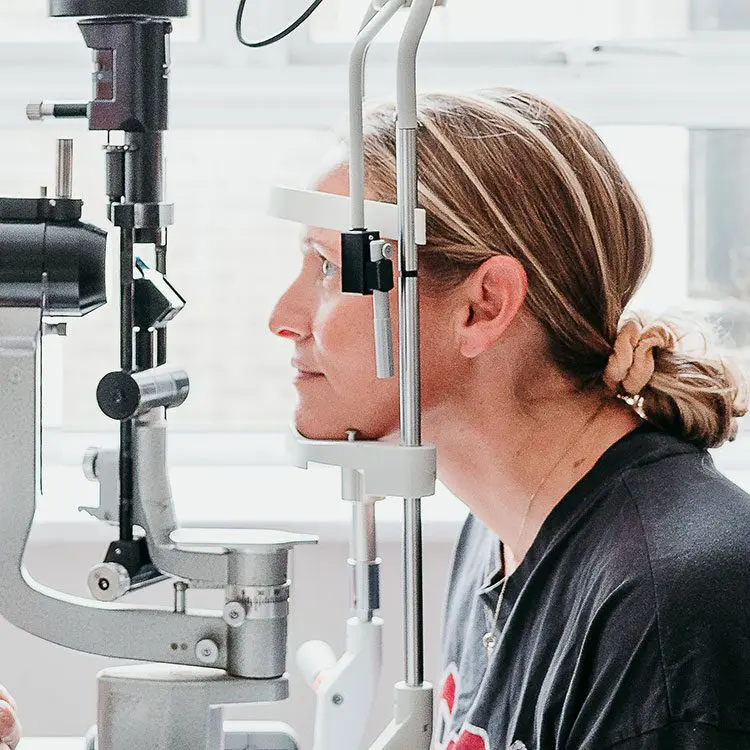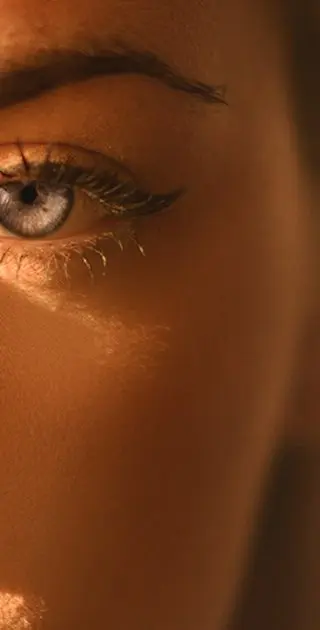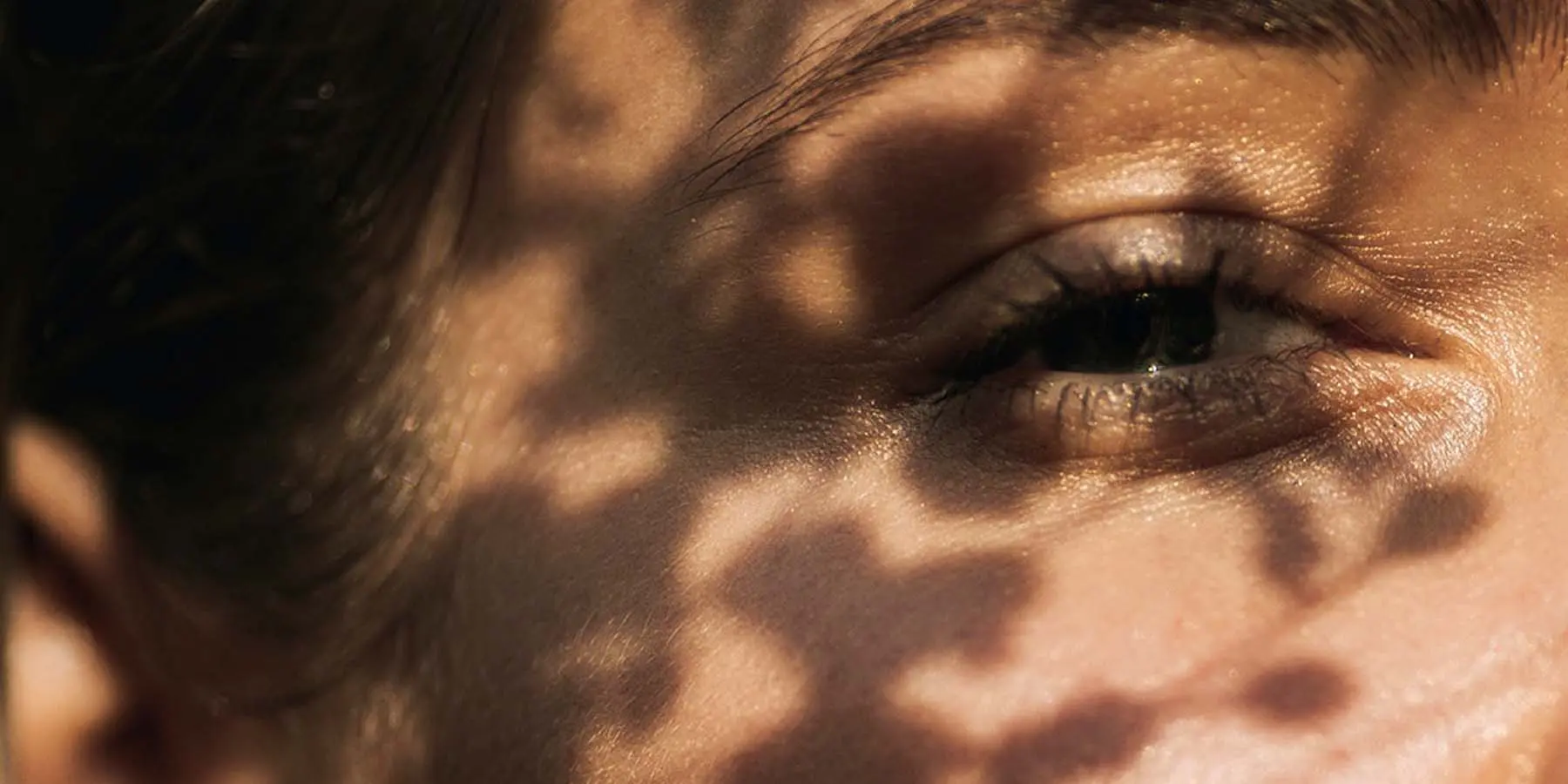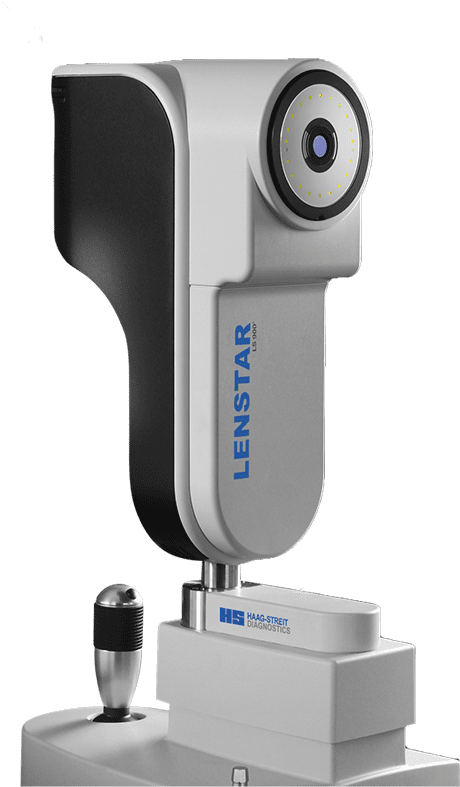




Keratoconus is a non-inflammatory eye condition in which the cornea (clear window at the front of the eye) becomes progressively thinner, causing a cone-like bulge to develop. This causes the eye to become both more short sighted and more astigmatic. The irregular profile of the cornea in Keratoconus may prevent standard spectacles and contact lenses from achieving good vision. The diagnosis and severity of keratoconus is defined by subjective and objective measures. These include: visual acuity (unaided, aided with glasses, aided with contact lenses), glare, ability to see and drive at night, ability to wear gas permeable or other contact lenses, cornea scarring, manifest refraction (strength of the glasses prescription), cornea topography (shape) and pachymetry (corneal thickness).

What are the Symptoms?
What are the Causes?
The cause of keratoconus is not fully understood. There are probably several genetic components as approximately 5% of cases run in families.
It is often first detected in early adulthood and is more common in certain individuals, including those with significant allergy or “atopy” such as eczema and asthma. Some atopic patients with keratoconus have a history of eye rubbing which is known to induce progression through microscopic corneal trauma.



What is the Diagnosis?
A range of Keratoconus treatments are available for each stage of the disease process. In its early stages, intervention is focussed around stabilising the condition.
Corneal Collagen Cross Linking is a proven method of strengthening the cornea and preventing further shape changes. This treatment can be combined with topography guided laser, providing further vision correction.
Specialist contact lenses can be fitted following cross-linking to provide sharper vision correction than conventional spectacles or contact lenses. Advanced cases of Keratoconus may require corneal graft surgery with our specialist corneal surgeons, Mike Tappin or Rakesh Jayaswal.


Treatment Options
Choosing the right vision correction clinic for keratoconus surgery is paramount. This is a life changing procedure after all, and you need to have complete trust in your surgeon and care team of professionals.

Our Technology
We invest in the latest equipment hand chosen by our surgeons, so that we can deliver outstanding results with the safest surgery possible.